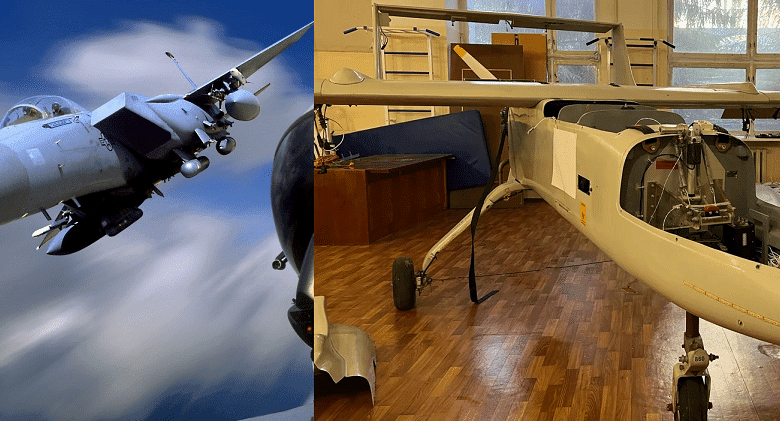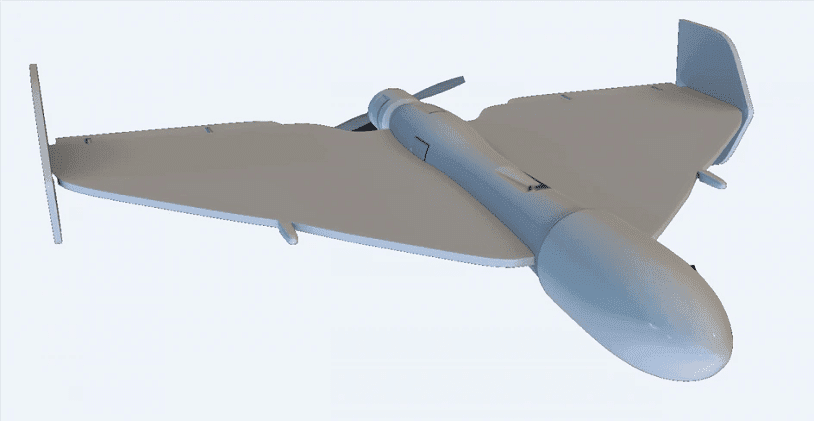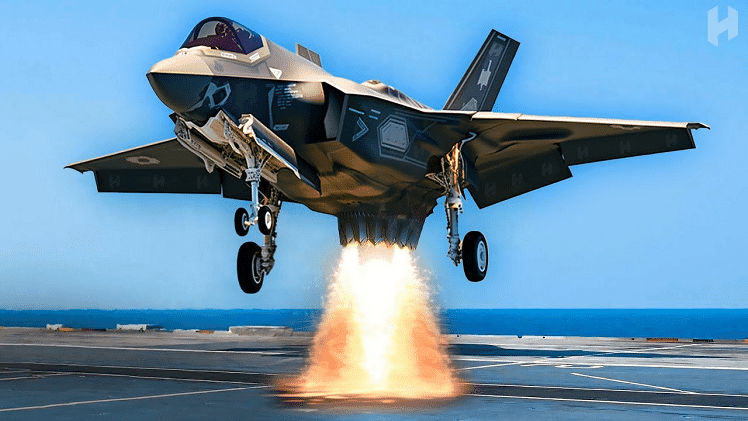US Fighter Pilots vs Iranian Drones: The Ultimate Clash

The right answer US fighter pilots are engaged in advanced aerial strategies against Iranian drones, marking a new era of modern warfare where manned jets face unmanned aerial threats.
This is a central question for military analysts, defense policymakers, and anyone curious about how technology is reshaping battlefield dynamics. Let’s dive deep into this evolving conflict and its impact on global security.
Personal Details Table (Quick Reference)
| Category | Details |
|---|---|
| Topic | US Fighter Pilots vs Iranian Drones |
| Conflict Type | Aerial Combat & Drone Warfare |
| Primary Stakeholders | United States Air Force, Iranian Military, NATO Allies |
| Key Technology | Fighter Jets (F-22, F-35, F-15E) vs Iranian UAVs (Shahed-136, Mohajer-6, Ababil series) |
| Strategic Importance | Air superiority, defense innovation, counter-drone tactics |
| Global Impact | Regional stability, future military doctrine, tech race in AI & drones |
Introduction: Why This Clash Matters
The battle between US fighter pilots and Iranian drones is not just about military strength—it represents a larger struggle between human expertise and autonomous technology. Fighter pilots are among the most elite warriors in the world, trained in strategy, split-second decision-making, and combat precision. On the other hand, drones are inexpensive, mass-produced, and capable of swarming targets with little regard for human casualties.
This asymmetry creates a unique military puzzle: Can costly, highly trained fighter pilots maintain dominance in skies increasingly crowded with low-cost drones?
US Fighter Pilots: Masters of the Sky
US fighter pilots have been the backbone of global air dominance since World War II. With platforms like the F-22 Raptor, F-35 Lightning II, and F-15EX Eagle II, they combine stealth, speed, and advanced weapons systems.

Key Strengths of US Fighter Pilots:
-
Elite Training Programs: USAF pilots undergo rigorous training, averaging over 250 flight hours per year.
-
Advanced Jets: Cutting-edge radar, stealth, and beyond-visual-range missiles.
-
Human Adaptability: Pilots can improvise and strategize in ways AI-controlled drones cannot.
-
Allied Networks: Integration with NATO and partner nations provides global air superiority.
Iranian Drones: The New Age of Unmanned Warfare
Iran has heavily invested in unmanned aerial vehicles (UAVs) as a cost-effective counter to US and allied air power. Their drones, particularly the Shahed-136 (suicide drone) and Mohajer-6 (armed reconnaissance UAV), have been deployed in conflicts from the Middle East to Ukraine.
Key Strengths of Iranian Drones:
-
Low-Cost Production: A Shahed-136 costs less than $50,000, while a US missile to shoot it down costs millions.
-
Swarm Tactics: Large numbers can overwhelm air defenses.
-
Stealthy & Persistent: Drones can loiter for hours, gathering intelligence or waiting for targets.
-
Exported Influence: Iran supplies drones to proxy groups and even nations like Russia.
The Strategic Clash: Humans vs Machines
The US fighter pilots vs Iranian drones conflict is not a traditional “dogfight.” Instead, it is a strategic duel of cost, technology, and adaptation.
Challenges US Pilots Face Against Drones:
-
Cost Imbalance: Using advanced missiles worth $1M+ to down cheap drones is unsustainable.
-
Volume Threat: Swarms of drones can overwhelm even advanced jets.
-
Targeting Difficulties: Small drones are hard to detect on radar.
-
Psychological Shift: Pilots trained for jet-to-jet combat must now adapt to an unmanned threat.
Technology at Play: How Both Sides Innovate
US Counter-Drone Tactics:
-
Directed Energy Weapons: Lasers that can shoot drones cheaply and rapidly.
-
Electronic Warfare (EW): Jamming drone communications and GPS.
-
AI Integration: Using autonomous defense systems to track and intercept drones.
Iranian Drone Innovations:
-
Suicide Drones: Shahed-136 acts as a cheap cruise missile.
-
Electronic Hardening: Protecting against jamming.
-
AI & Autonomy: Semi-autonomous drones with minimal operator guidance.
Global Implications of This Showdown
The US fighter pilots vs Iranian drones rivalry affects not just the Middle East but the future of military doctrine worldwide.
-
For the US: Forces a rethink of reliance on manned jets.
-
For Iran: Boosts asymmetric warfare capabilities.
-
For Allies & Rivals: Sets new arms race trends—China and Russia are also watching closely.
-
For Civilians: Raises ethical and humanitarian questions about drone strikes.

Comparison Table: Fighter Pilots vs Drones
| Aspect | US Fighter Pilots (Jets) | Iranian Drones |
|---|---|---|
| Cost per Unit | $80M–$120M | $20K–$200K |
| Human Risk | High (pilot safety) | None |
| Combat Flexibility | Very High | Moderate |
| Operational Range | Thousands of miles | Hundreds of miles |
| Speed | Supersonic | Subsonic |
| Tactics | Precision strikes, air dominance | Swarming, attrition warfare |
Future Outlook: Who Will Dominate?
The balance may tilt depending on technology. If the US perfects directed energy weapons and affordable drone defenses, fighter pilots will continue to rule the skies. However, if drone swarms become smarter, cheaper, and more autonomous, they may force a fundamental shift in how wars are fought.
Experts believe a hybrid approach—pilots commanding drone squadrons in real time—will likely dominate the next decade.
FAQs About US Fighter Pilots vs Iranian Drones
Q1. Why are Iranian drones considered a major threat?
Because they are cheap, effective, and used in swarms, creating a challenge for expensive Western defense systems.
Q2. Can fighter pilots easily destroy drones?
Yes, but the cost ratio is unfavorable. Shooting a $30,000 drone with a $1M missile is unsustainable.
Q3. What drones are most used by Iran?
Shahed-136 (suicide drone), Mohajer-6, and Ababil series.
Q4. How does the US plan to counter drone swarms?
Through lasers, electronic warfare, and AI-driven autonomous defenses.
Q5. Could drones replace fighter pilots completely?
Not in the near future. Pilots bring adaptability, decision-making, and strategic command that AI drones lack.
Conclusion
The US Fighter Pilots vs Iranian Drones conflict is more than just a military showdown—it is a symbol of the transition from traditional air combat to a future dominated by unmanned systems and AI warfare.
While US fighter pilots still maintain superiority in skill and technology, Iranian drones highlight how cost-effective innovations can disrupt traditional dominance. The ultimate outcome depends on how quickly the US adapts its strategies and technologies to meet the unmanned challenge.




